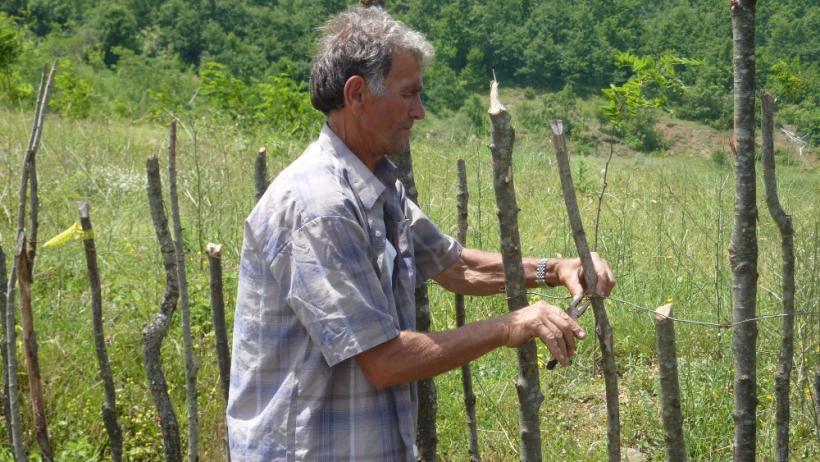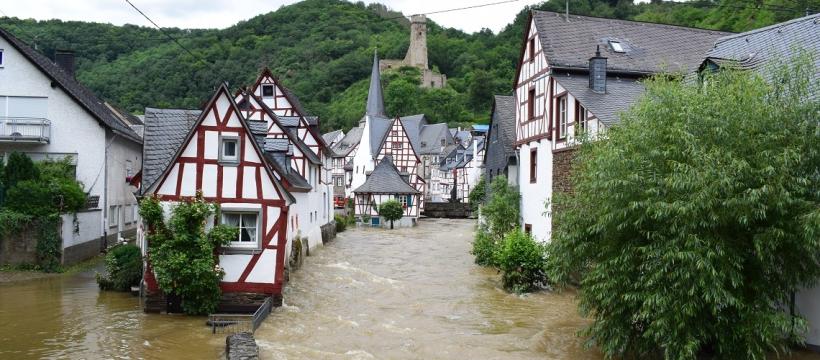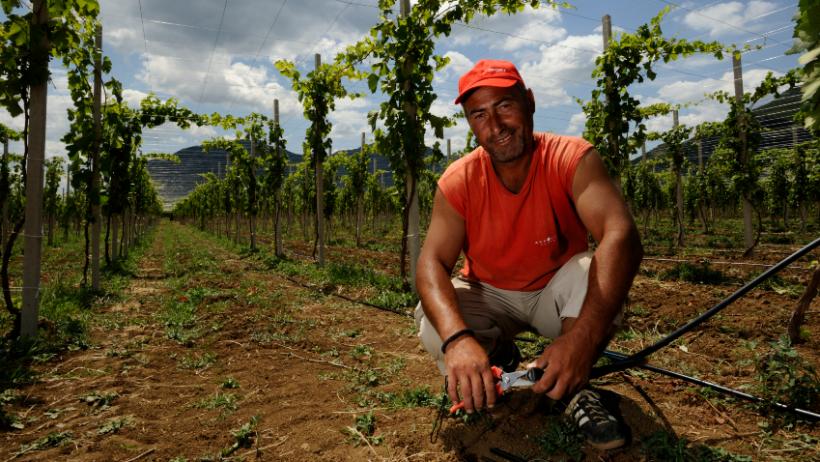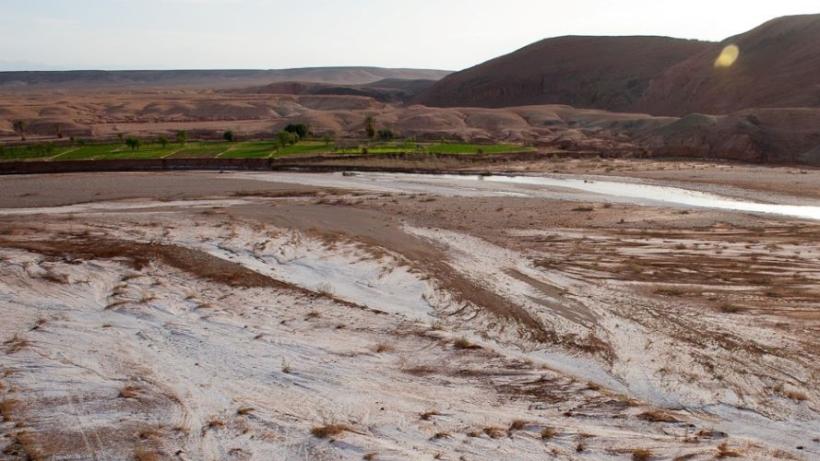Our blog
Featured Blogs
Kur ndodh një fatkeqësi natyrore ose një krizë, burimet e brendshme të financave publike shpesh janë porti i parë të cilit i drejtohen qeveritë për t'iu përgjigjur me shpejtësi nevojave urgjente. Qeveritë përdorin kontigjencën ose fondet rezervë, akumulojnë borxhe ose kryejnë rialokime të fondeve të buxhetit duke i zhvendosur burimet nga qëllimi i tyre fillestar për të financuar reagimin ndaj katastrofave 1. Në mungesë të alternativave të transferimit të riskut apo edhe në prani të tyre...
When a disaster or a crisis hits, domestic public finance is often the first port of call for governments to respond to urgent needs quickly. Governments draw down on a contingency budget or reserve funds, accumulate debt or reallocate the budget by shifting resources away from their original purpose, towards financing disaster response 1. In the absence of risk transfer options or even with such options available, domestic public finance is an important source to mitigate disaster because it is...
In July 2021, catastrophic flooding inundated parts of Germany and Belgium with damage spreading further into neighboring countries. The flooding took the lives of over 200 people and caused devastating damage to homes and businesses; the insurance industry is expecting losses on the scale of billions of EUR. Governments will bear much of the cost of this flooding. Germany has announced an immediate aid package of EUR 472 million to support affected people. The European Union Solidarity Fund...
The World Bank Crisis & Disaster Risk Finance team (CDRF) at the Finance, Competitiveness & Innovation (FCI) Global Practice has put in place a technical assistance program on Crisis Risk Finance Analytics (CRFA) which leverages innovative analytics at global, country, and project levels to create an enabling environment for improved risk financing and risk management. The program is funded by Global Risk Financing Facility (GRiF) and is under the joint technical partnership between the World...
During a recent training session about The Role of Financial Market Solutions for Building Resilience to Shocks in Agriculture, we asked a simple question to a group of policy makers and private sector players: “Which financial services do you think play a role in boosting rural resilience?” To our surprise, while participants were given the possibility to select several answers, many of them chose only one: insurance. With several years of combined experience on the development of agricultural...
Climate shocks and natural disasters have long-lasting effects — human, social, economic, and environmental. Managing them is a key challenge, from a financial standpoint as much as any other, for governments across the globe. Funding recovery or reconstruction in the aftermath of a disaster relies on solid, private, financial markets. These capital and reinsurance markets offer financing options to help governments diversify the cost of risk away from their own economies. In having a disaster...
Developments in satellite technology, remote sensing, and big data allow us to collect an unprecedented amount of valuable information. Antoine Bavandi, a Senior Financial Sector Specialist at the World Bank Group’s Crisis and Disaster Risk Finance team, talks about how this can be leveraged to address emerging and complex risks. This video illustrates three practical examples of how large-scale satellite-data applications can help improve financial resilience and benefit the world’s most...










